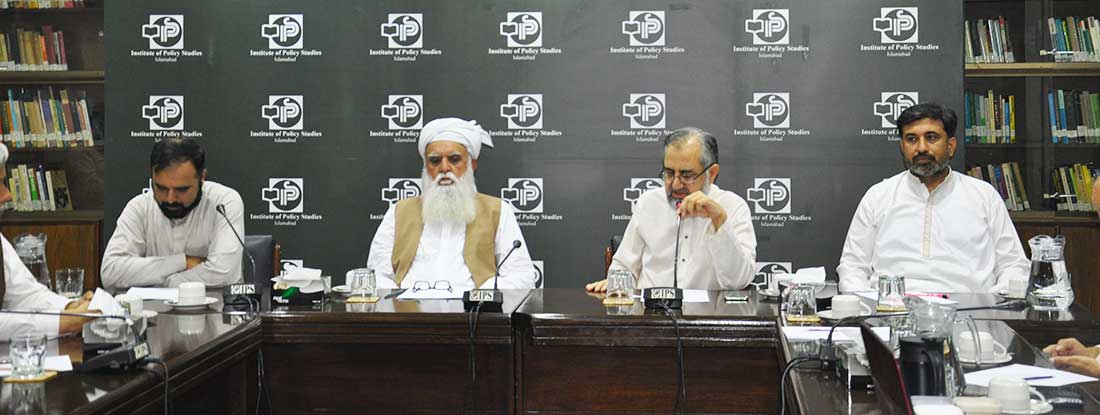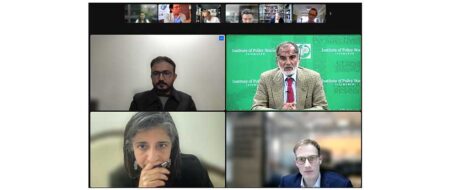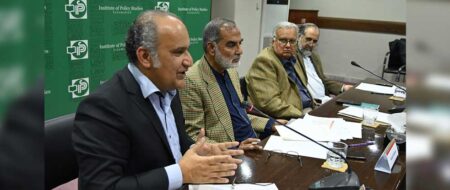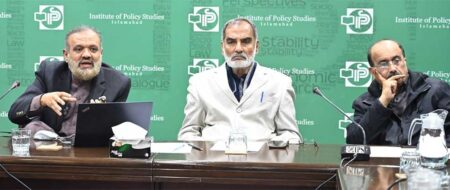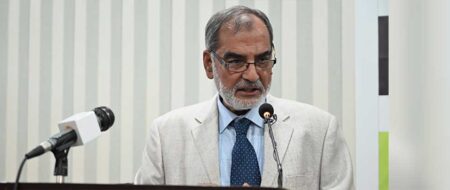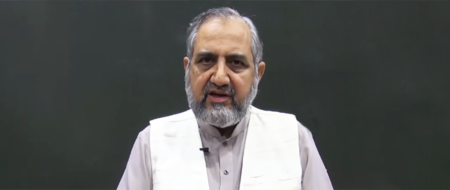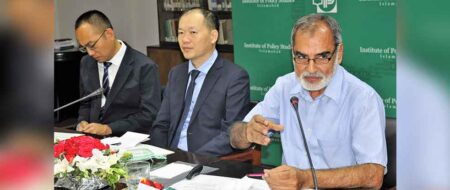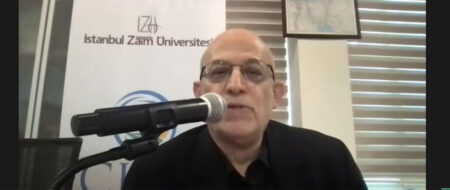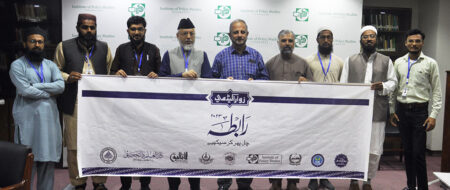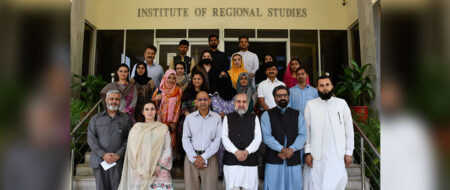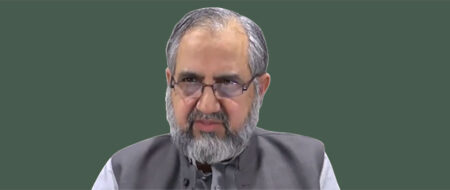Baseless campaign on religious conversions harming social harmony of Sindh: Pir Ayub Jan Sarhandi
The myth of forced faith conversions is based on distorted realities and misrepresented facts propagated by vested interests, which is damaging the social harmony of Sindh where different religious communities have been living in peaceful association for centuries.
These views were presented by Pir Muhammad Ayub Jan Sarhandi, a renowned religious scholar from Sindh, in his keynote speech during a roundtable session held at IPS on July 17, 2022. The session, chaired by Ambassador (r) Syed Abrar Hussain, vice chairman IPS, aimed at exploring the factors behind the controversies regarding religious conversions in Sindh.
As religious conversion is an emotive issue in Pakistan, people mostly fall for rhetoric. To counter these false narratives and propaganda, there is a need to find out the factual basis of the phenomenon. In this regard, IPS has been conducting fact-finding exercises to reveal the factual position and ground realities of the conversions. These have been in the form of seminars, investigative visits to areas concerned, interviews of alleged victims of forced conversion, and meetings with people who are alleged to use force and persuasion in converting religious minorities to Islam.
This gathering was also part of the broader IPS program that aims to understand the dynamics of the so-called forced religious conversions in order to suggest policy and legislative interventions that could safeguard the rights and dignity of everyone in the country.
Speaking on the occasion, Sarhandi emphasized that Sindh has a rich religious and cultural identity where people of different faiths have been converting to Islam for a long time. It is not a new phenomenon and was never portrayed in such a baseless and misleading manner. But, in recent times, it has been so politicized and scandalized by vested interests that it has raised the question of Pakistan being a less-tolerant place for religious minorities, he stated.
While countering this accusation, he asserted that different religious communities in Pakistan, particularly in Sindh, are mostly interwoven in a single socio-cultural fabric and follow the principles of peaceful co-existence. He stated that several external factors are contributing to the current phenomenon but are never portrayed by the media and social activists. He asserted that the ground realities of religious conversions in Sindh are different from what is portrayed by international media, which is involved in organized propaganda to defame and malign Pakistan and Islam.
While drawing attention to the polarity of international media, he pointed out how, on the one hand, it ignores and hesitates to portray the concerning realities of human rights in other areas and, on the other hand, boldly misrepresents and criticizes the Islamic conversions, which, in reality, follow all legal and ethical provisions.
Moreover, as Islamic scholars are often accused of using force in religious conversions, he made it clear that Islam does not allow use of any sort of force, pressure, or persuasion to make people convert.
While giving his own reference, Sarhandi stated that he belongs to a seminary that was authorized by the British, who inquired about the authenticity of these seminaries where conversions take place, to lawfully convert all those non-Muslims who were inspired by Islam. He mentioned that all religious, legal, and ethical protocols are taken into consideration and no one is converted unless it is duly verified that they are taking this step without any external pressure or allurement. He said the converts are also presented before the relevant courts to ensure that the decision to convert to Islam is their own.
In conclusion, Abrar Hussain emphasized that such analytical and fact-finding discussions with the local people and those directly concerned with the issue are useful for exploring ground realities, creating awareness, and enhancing the understanding of the phenomenon of religious conversions.


